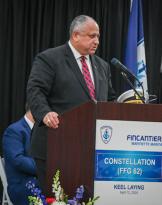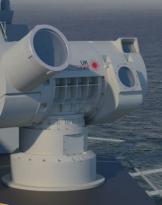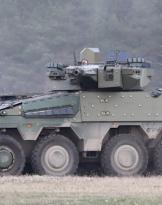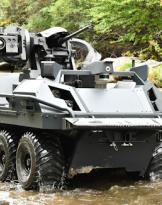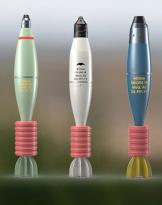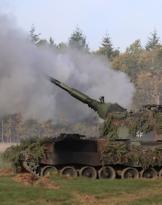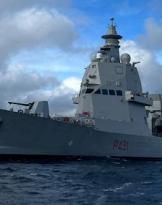The commander of the Naval Air Forces and the deputy commander of the Aviation of the US Marine Corps have announced that the F-35C LIGHITING II, the aircraft carrier variant of the Joint Strike Fighter has met all the requirements for the achievement of the IOC (Initial Operating Capacity).
The announcement follows closely the completion of qualifications on board the USS Carl Vinson (CVN 70) by the first US Navy F-35C operating unit, the Strike Fighter Squadron (VFA) 147, which led to the achievement of the Safe-For-Flight Operations Certification.
To declare the IOC the first operational unit must be adequately equipped and trained to carry out all the missions assigned to support the operations of the Fleet. This means that the unit must have 10 F-35C with software Block 3F, the necessary spare parts, support equipment, instrumentation, technical publications, training programs and a functional ALIS (Autonomic Logistic Information System).
In addition, aircraft carriers supporting the first unit must have adequate infrastructure, qualifications and certifications. Finally, the Join Program Office, the industry and the naval air force must be able to demonstrate that all procedures, protocols and strategies necessary to support operations have been put in place.
The F-35C is ready to be operational, ready to enter combat, ready to win commented the commander of the US Naval Air Forces, vice admiral DeWolfe Miller. We are integrating into the arsenal of our Carrier Strike Groups an incredible weapon system, which will significantly enhance the capabilities of joint air forces.

The NAS (Naval Air Station) of Lemoore is the headquarters of the Joint Strike Fighter Wing of Navy, Navy and F-35C units Fleet Replacement Squadron (FRS), VFA-125, which presides over the training of the JSF pilots of the US Navy and the Marine Corps stationed on aircraft carriers (CVN).
To accommodate the F-35C program in Lemoore's Naval Air Station, various infrastructures have been constructed or adapted to meet specific requirements for maintenance or training with the F-35C, including a structure for pilots, a structure centralized engine repair, a training facility and a fully modernized hangar. Other interventions are planned as more Navy operational squadrons will complete the transition to the F-35C. The Marines are planning the transition of four F-35C units that will be assigned to Carrier Air Wings for operational risks.
We are proud of the results achieved by our crews in the JSF program, commented Captain Max McCoy, Commodore of the Joint Strike Fighter Wing of the US Navy. Their commitment has allowed us to bring fifth generation capacity to our air component, maximizing our operational capacity. As preparation for the first deployment continues, we will continue to refine our performance in the maintenance and support of the F-35C. The integration of the F-35C into the current Carrier Air Wing ensures us the ability to operate effectively in difficult scenarios, today and in the future.
Photo: US Navy


